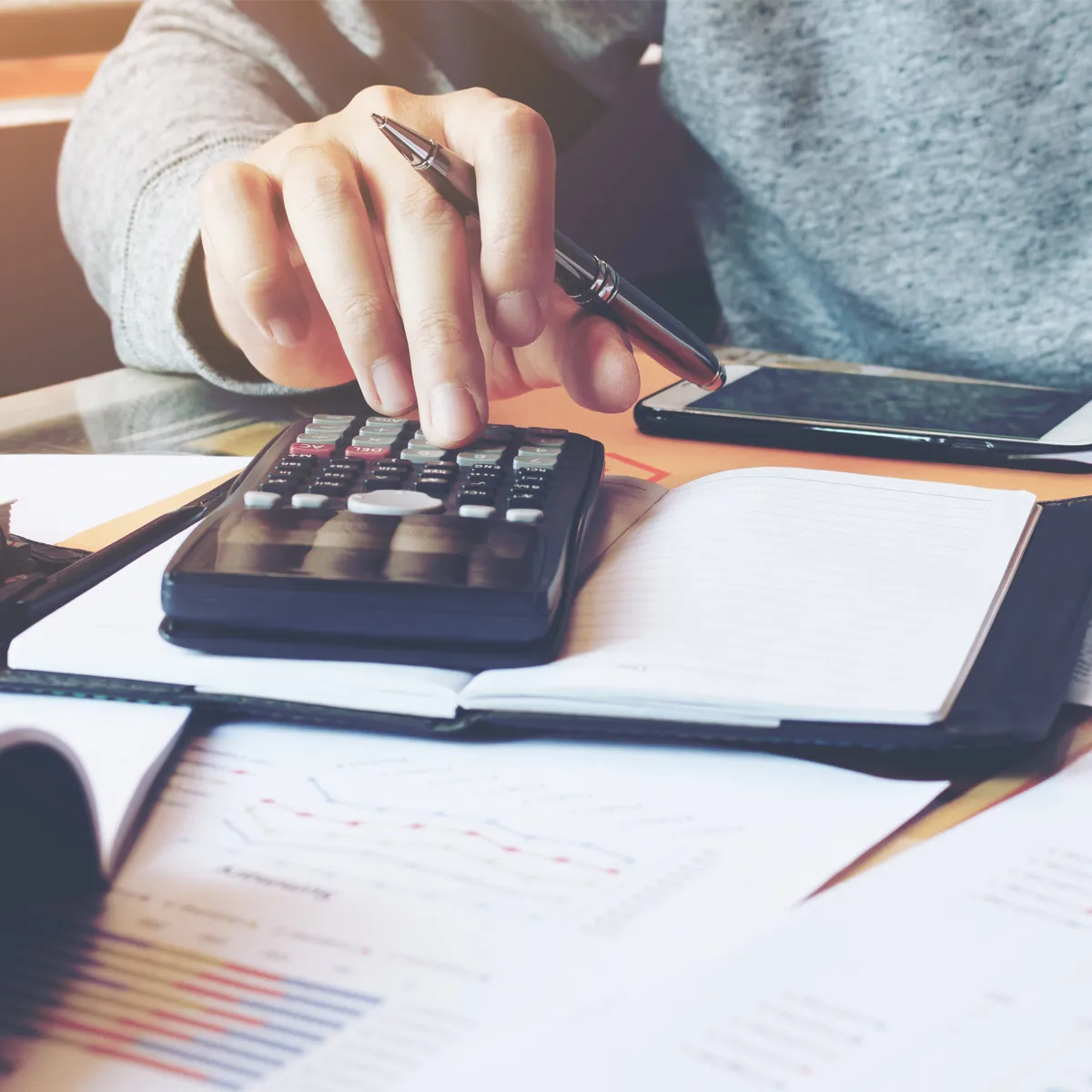

Article published in El Comercio.
The first months of the year were characterized by the strong spread of COVID-19, known as the coronavirus. In the financial sector, this has mainly affected the prices of raw materials and sol versus the dollar exchange rate. Nevertheless, the impact on long-term interest rates in Peru has been almost non-existent. This is mainly due to the macroeconomic and financial stability prevailing in Peru over the last 20 years, which has enabled the country to build a good reputation for sovereign bonds as an attractive investment alternative.
“Like the majority of the currencies in the region, in the past month the sol depreciated by 1% against the dollar in comparison to last year’s average.”
So far, the spread of the virus seems to have delayed the expected recovery of the Chinese economy in 2020. As a result, the prices of industrial metals have been affected. Globally, China represents not only 30% of the manufacturing production, but also half of the worldwide demand for copper. As a matter of fact, the price of this commodity has remained 5% under the 2019 average price, despite the recent boost from the Central Bank of China to counteract the impact of the coronavirus on the household and business income in their country.
In this context, the Lima Stock Exchange has been going through volatile periods in the first months of the year in the face of declines, mainly of mining shares. In fact, these would have already erased the profits generated in 2020 by now.
Additionally, as I mentioned in my last column, the uncertainty generated by the outbreak of the coronavirus has increased investor appetite for safe assets, such as gold and the dollar. In the past month, gold went up 14% and the dollar appreciated against the yuan and euro by 1% and 3% respectively, in comparison to the average in 2019.
Like the majority of the currencies in the region, in the past month the sol has depreciated by 1% against the dollar in comparison to last year’s average.
In contrast, the coronavirus hasn’t had an impact on the long-term interest rate. So far this year, the Peruvian 10-year bond yield in both soles and dollars –a reference for long-term emissions and funding– has remained at historically low levels.
Globally increased liquidity has enabled international investors’ appetite for assets from emerging economies with relatively high yields and a low risk of depreciation to continue, such as is the case for Peru. This is in line with the country’s macroeconomic stability and the lower perception of risk at a regional level.
For now, it’s too soon to clearly gauge the scale and duration of the true impact of the global outbreak of the coronavirus. Even though the financial variables have been those most affected up until now, the uncertainty about economic activity on international supply chains persists, especially because in the last few days, the fear that this virus is turning into a pandemic has exacerbated. In this context, the most likely scenario is for gold and the dollar to maintain their appeal as safe assets, as happened during the episodes of epidemics like SARS (2003).